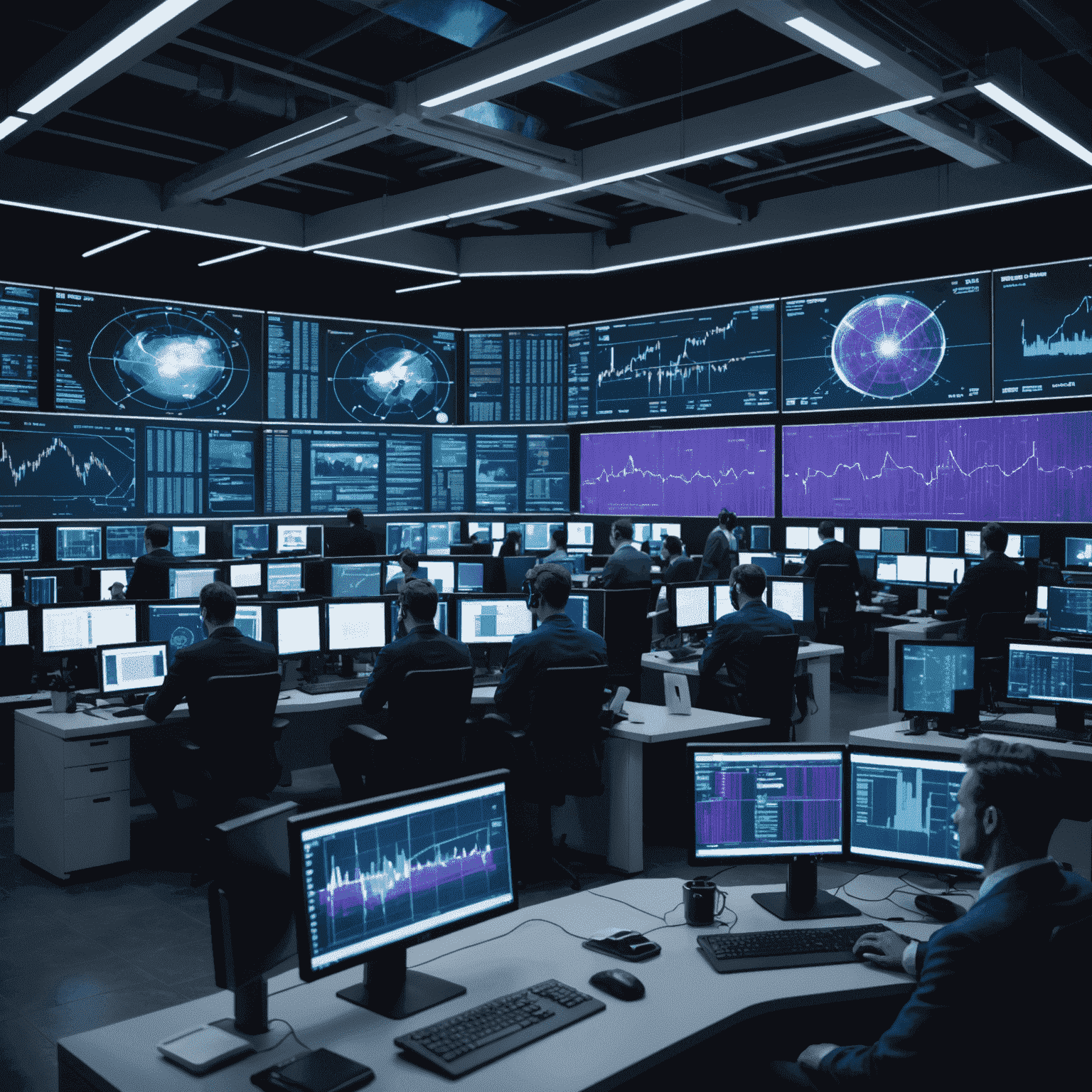AI and High-Frequency Trading: Revolutionizing Market Dynamics

In the ever-evolving landscape of financial markets, Artificial Intelligence (AI) has emerged as a game-changer, particularly in the realm of high-frequency trading (HFT). This fusion of cutting-edge technology and lightning-fast transactions is reshaping how markets operate, offering both unprecedented opportunities and complex challenges.
The AI Advantage in High-Frequency Trading
High-frequency trading, characterized by its rapid-fire execution of a large number of orders in fractions of a second, has found a powerful ally in AI. Machine learning algorithms can analyze vast amounts of market data, identify patterns, and make split-second decisions far beyond human capabilities. This synergy has led to several key benefits:
- Enhanced Market Efficiency: AI-driven HFT can quickly identify and capitalize on price discrepancies, leading to more efficient markets.
- Improved Liquidity: The high volume of trades executed by AI systems can increase market liquidity, potentially benefiting all market participants.
- Risk Management: Advanced AI models can assess and manage risk in real-time, adapting to market conditions instantaneously.
Challenges and Considerations
While the benefits are significant, the integration of AI in high-frequency trading also presents several challenges:
- Technological Arms Race: Firms are in constant competition to develop faster, more sophisticated AI systems, potentially leading to market instability.
- Regulatory Hurdles: The rapid pace of technological advancement often outstrips regulatory frameworks, raising concerns about market fairness and stability.
- Systemic Risk: The interconnectedness of AI-driven trading systems could potentially amplify market shocks, leading to flash crashes or other market anomalies.
Ethical Implications
The use of AI in high-frequency trading also raises important ethical questions:
- Market Fairness: Does AI-powered HFT create an unfair advantage for large institutions over individual investors?
- Transparency: The complexity of AI algorithms can make it difficult to understand and audit trading decisions.
- Social Impact: The potential for AI to replace human traders raises questions about job displacement in the financial sector.
The Future of AI in High-Frequency Trading
As AI continues to evolve, its role in high-frequency trading is likely to expand. Future developments may include:
- Quantum Computing: The integration of quantum computing could exponentially increase the processing power available for AI trading algorithms.
- Natural Language Processing: Advanced NLP could allow AI systems to react to news and social media in real-time, further refining trading strategies.
- Explainable AI: Developments in this field could address transparency concerns, making AI decision-making processes more understandable and auditable.
As AI continues to reshape high-frequency trading, it's clear that this technology will play a pivotal role in the future of financial markets. While the benefits are substantial, addressing the challenges and ethical considerations will be crucial to ensure that AI-driven HFT contributes positively to market efficiency and stability.

The intersection of AI and high-frequency trading represents a frontier of innovation in the financial world. As we navigate this new landscape, ongoing dialogue between technologists, traders, regulators, and ethicists will be essential to harness the full potential of AI while mitigating risks and ensuring fair, efficient markets for all participants.